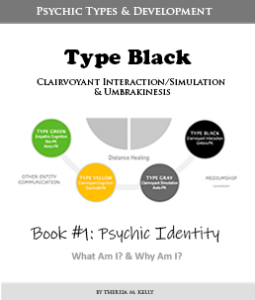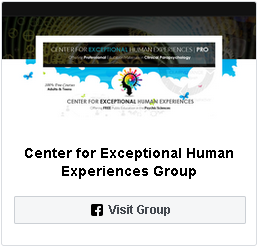- What Am I? (Type Yellow)
- Psychic “Ability” (Type Yellow)
- Psi, ESP, & Clairvoyance (Type Yellow)
- Dreams, Impressions, & Hallucinations (Type Yellow)
- Clairvoyant Cognition (Type Yellow)
- Mental Mediumship and Clairvoyant Cognition (Type Yellow)
- Intention (Type Yellow)
- Adaptive or Directive? (Type Yellow)
- Your Main Goals (Type Yellow)
- Remote Viewing & Postcognition (Type Yellow)
- How You Receive (Type Yellow)
- You Are Not Alone (Type Yellow)
- Difference Between CC & Other ESP
- Still Not Sure (Type Yellow)
- Psychokinesis (Type Yellow)
- Forms of PK (Type Yellow)
- PK or CC (Type Yellow)
- Telekinesis (Type Yellow)
- You Are Not Alone (Type Yellow)
- Having Doubts? (Type Yellow)
- One Last Question (Type Yellow)
- Your Directed Attention (Type Yellow)
- Your Needs (Type Yellow)
DIFFERENCES BETWEEN CC & OTHER ESP
With Psychic Empathy, the experiencer only feels emotional content. There are no images, thoughts, or sounds included in the experience. Received feelings or emotions may trigger thoughts in the experiencer, though the thoughts themselves are only from the experiencer.
With Psychometry, clairvoyant cognition experiences are limited to the experiencer only receiving information about an object. In other words, there is never any information about people or events.
 With Clairvoyant Interaction, the experiencer is occupied by the spirit or consciousness of an entity and is being controlled by the entity in some way. This is often by speech or physical movements. This includes automatism, xenoglossy, automatic writing, where the entity is usually a spirit of a once-living person.
With Clairvoyant Interaction, the experiencer is occupied by the spirit or consciousness of an entity and is being controlled by the entity in some way. This is often by speech or physical movements. This includes automatism, xenoglossy, automatic writing, where the entity is usually a spirit of a once-living person.
Also, with Clairvoyant Interaction, any experience of physical mediumship (where the experiencer seems to feed energy to a spirit, which results in the spirit being able to physically interact with objects), or psychopompic activity (where the experiencer is able to assist spirits of the dead cross over into the afterlife), suggests that the experience is clairvoyant interactive.
 With Clairvoyant Simulation, the experiencer is receiving information and shifting probability to create a needed effect. In other words, not only is information received, but the experiencer can also influence potential outcomes in situations or events. Also, with clairvoyant simulation, the story is being told from the perspective of the self.
With Clairvoyant Simulation, the experiencer is receiving information and shifting probability to create a needed effect. In other words, not only is information received, but the experiencer can also influence potential outcomes in situations or events. Also, with clairvoyant simulation, the story is being told from the perspective of the self.
Here, the information is expressed as “I see,” or “I hear,” or “I feel,” referring only to the experiencer. In clairvoyant cognition, you are “the one holding the camera” viewing others and their surroundings.
But, with clairvoyant simulation, all you see is the focus of your need for information, as though you are zoomed in on the object or person of interest and not showing the surrounding situation or background.
 With Telepathy, the information the experiencer receives is directly from a living organism (person or animal), rather than receiving information about a living organism from the universe, a deceased spirit, or other type of entity.
With Telepathy, the information the experiencer receives is directly from a living organism (person or animal), rather than receiving information about a living organism from the universe, a deceased spirit, or other type of entity.
Also, with telepathy, the information that is received is usually in first-person (I am happy), second-person/direct (you are happy), while with clairvoyance the information is usually received in third-person/indirect (they are happy). This can also be described as though you are looking through the eyes of another to see what they see.
If you receive the information as though you are looking at someone and their surroundings, this would be clairvoyance. Also, if you suddenly become aware of an illness or injury on your own body, or the body of another, but no other individual was aware of the illness or injury (example: undiagnosed cancer), this would be again clairvoyance, not telepathy. Here you are being told about an illness from another source that is not a living organism, but rather an entity or the universe.
With Mental Mediumship, the information received by the experiencer is only ever from a non-physically living being (example: spirit of the dead, angels). This is because clairvoyant cognition refers to this AND other types of sources of information.







